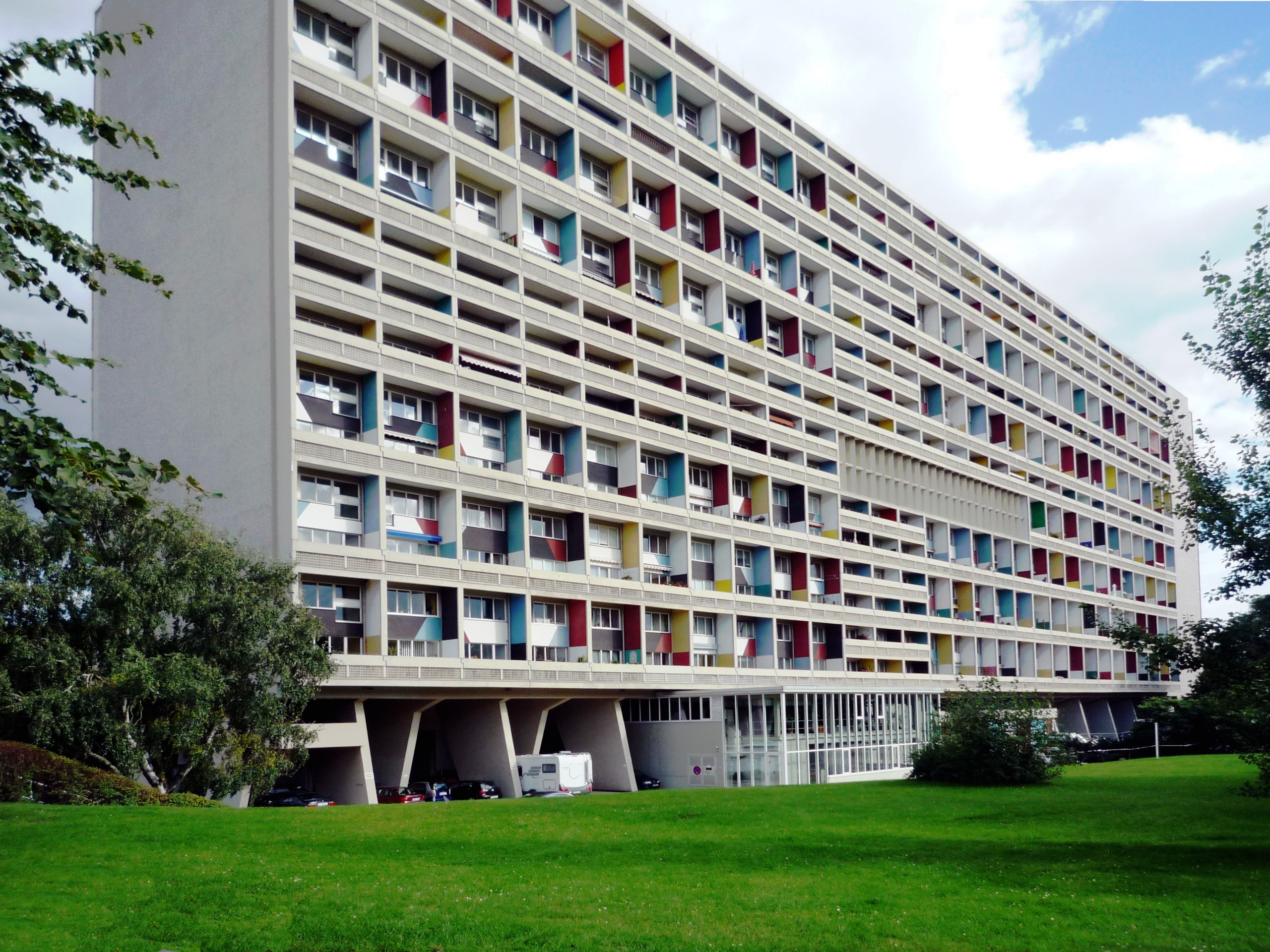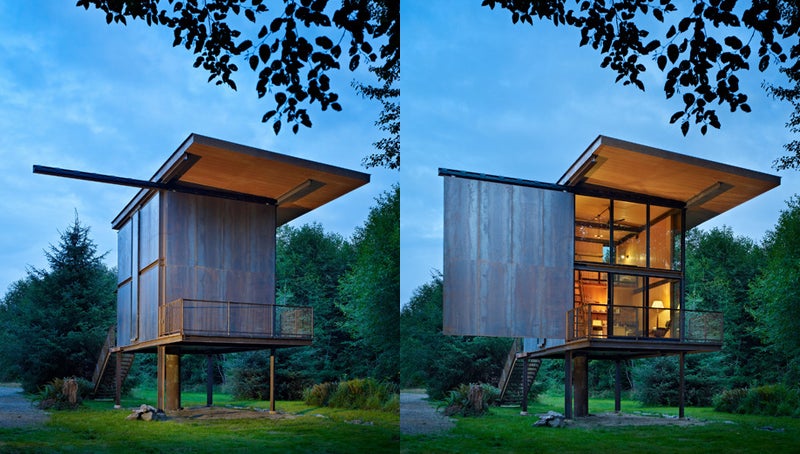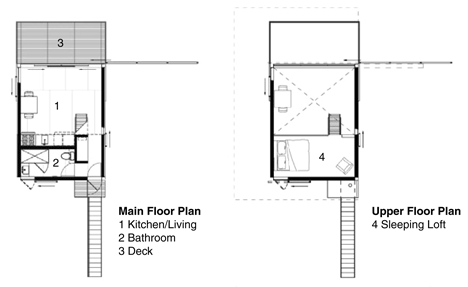These are the pictures I showed Vince today:
Vince told me to look at three things for my design: Light shelves, Unité by Le Corbusier, and the Sol Duc Cabin by Olson Kundig.
Light shelves are reflective horizontal panels inserted partway up a vertical window, in order to block some incoming light and reflect it up through the upper part of the window, off the ceiling (which should be a light colour to better reflect light) and into the room, illuminating it indirectly, more uniformly, and with a softer light. Here is a picture illustrating the concept:
The second thing Vince told me to look at was a building called Unité, by Le Corbusier.
This building has two sets of windows in each unit, a lower window and an upper window.
The two sets of windows provide different levels of lighting and different levels of privacy. The lower ones can be blocked off to give more privacy while still receiving light from the upper ones. Additionally it gives the inhabitant two qualities of light to choose from. When one is harsh it can be blocked off while leaving the other open.
The other building Vince had me look up is the Sol Duc Cabin by Olson Kundig. He had me look at this to give me an greater understanding of sliding panels.
This building has several sliding panels on its different walls and each can be used to block or allow light through different sides of the building.
While this seems like a good way to block and allow light in. When looking at the first image, it does kind of produce an awkward condition when the panel is slid out of the way. It creates a strange "floating wall". This is strange in this condition, but at the same time it may perhaps have potential in creating a transformable structure, moving walls to alter the overall shape and creating different conditions. This should just something to keep in mind when using sliding panels, think about exactly how they look when open and when closed.












Very good post Daniel. This attests to what was covered in the review, notable precedents, and notables/relevance to future progress. The synopses of the projects with images captures the major ideas behind the works and their relevance to the current architectural project. It is hoped that others will undoubtedly benefit from some level of familiarity with these projects.
ReplyDeleteDaniel,Excellent.The concept of day lighting using light shelves is clear from your blog. I am an in academics and this is not only useful to me but to all students learning day-lighting to be designed in green buildings.Currently I am teaching green buildings in Gujarat Technological University, Gujarat State, India. Thus your the images will be beneficial to many in India
ReplyDelete